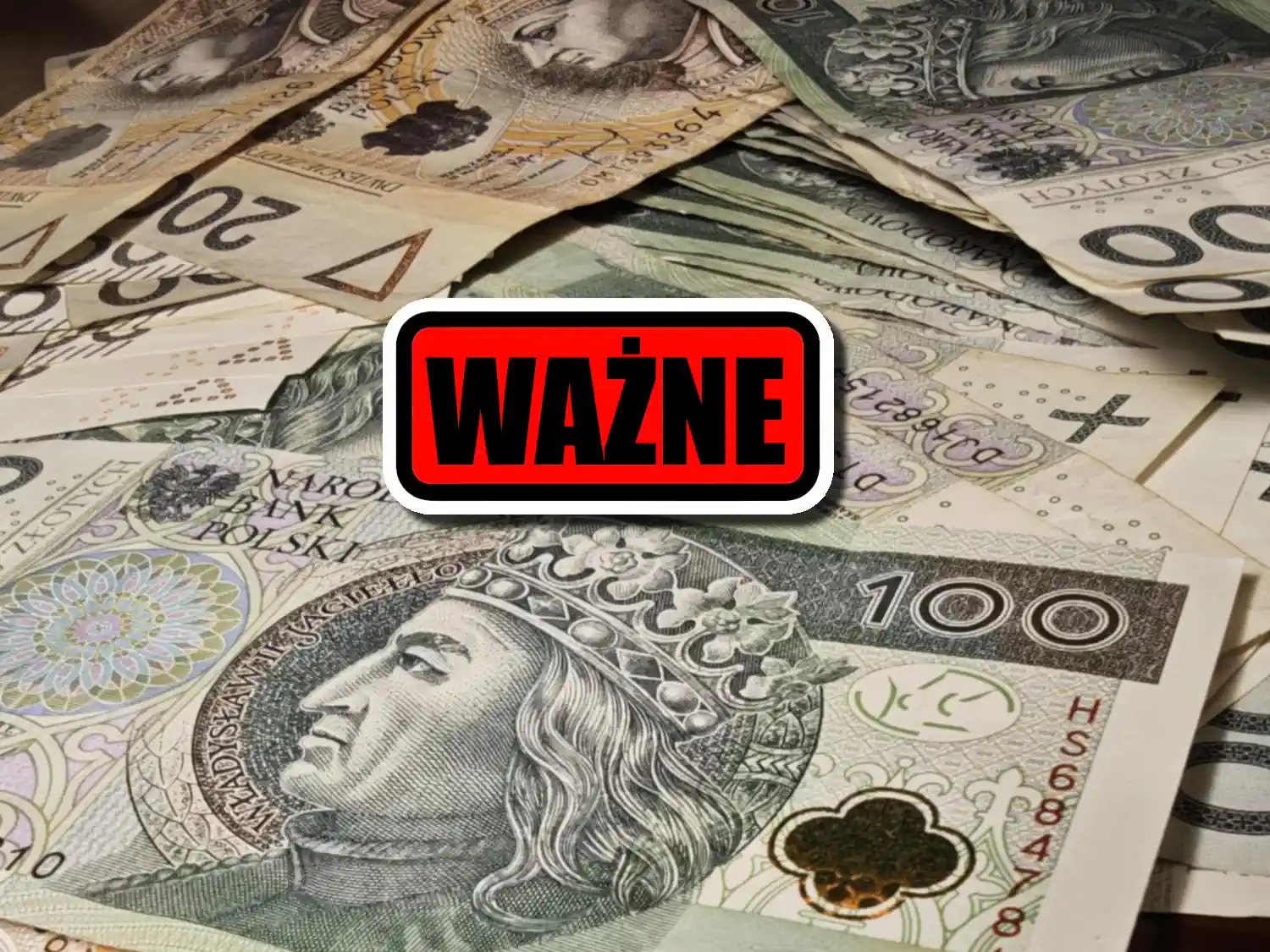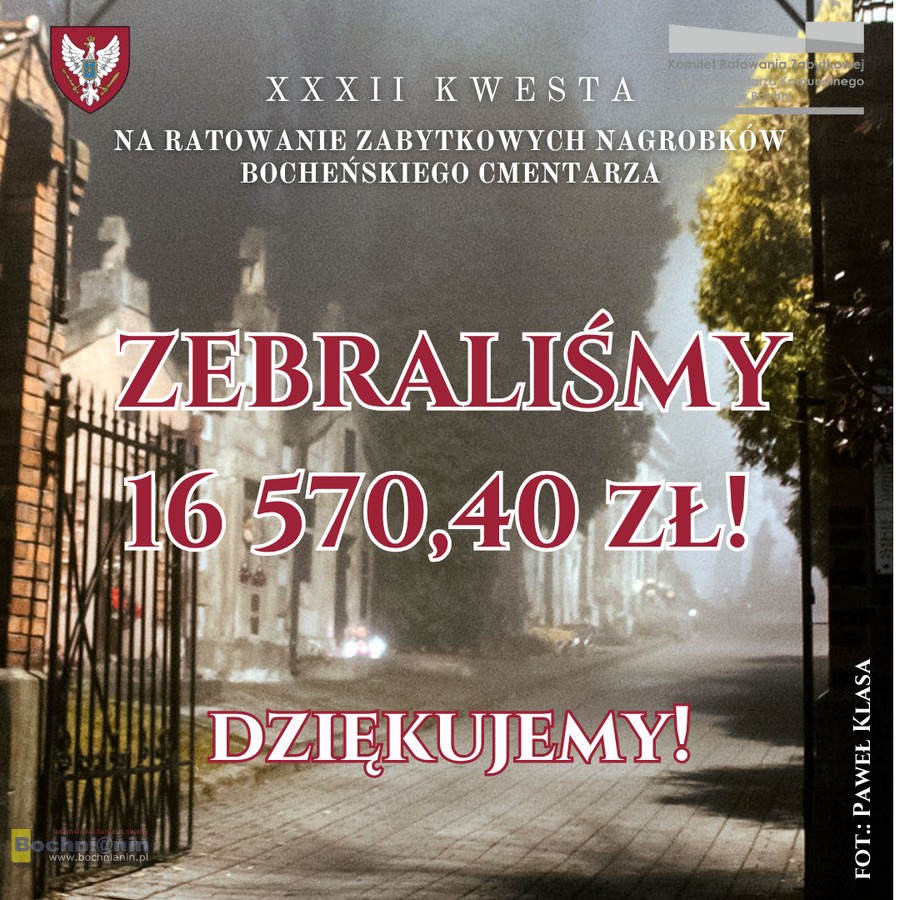Energetyka jądrowa od lat opiera się na uranie, ale naukowcy coraz częściej spoglądają w stronę innego pierwiastka – toru. Ma on większy potencjał, mniej szkodzi środowisku i może stać się paliwem przyszłości. Czy tor rzeczywiście zrewolucjonizuje świat energii? Ten niezwykle interesujący temat porusza Janek Pustelnik, nasz absolwent (obecnie student PWr), którego artykuł ukaże się w jesiennym wydaniu anglojęzycznej gazetki AimHigh Magazine. Zapraszamy do lektury!
================
THORIUM – FUTURE OF NUCLEAR ENERGY?
It is widely known that many countries are switching to nuclear energy. Nuclear energy is produced in nuclear power plants that use an isotope of uranium as fuel. In this article I won’t be going through the usual debate if it’s something good or bad, because it has been widely spread that it’s, in fact, good. However, I’ll be talking about a substitute to the usual uranium fuel that could compare way better to him.
The substitute in question is called Thorium, and I will be comparing the two in some major aspects in which they differ: extracting, mineral concentration, energy production, economy and ecology. One of the most looked out parts in most comparisons is the extracting factor. Extracting whatever ore can be dangerous and costs a lot of money. For simplicity matters I will be talking about only two extracting methods that might be outdated, but are still used to this day, such as underground mining and open pit mining.
Underground mining and open pit mining differ from each other because they’re done at different depths and have a big difference in cost. Uranium is mined approximately 31% from underground mines and 13% from open-pit mines. Thorium, on the other hand, is not yet commercially mined; however, it mostly lies in the range for most of the extraction to be done in open pit form.
Underground mines are far worse than the open pit ones because of the dangerous hazards like radioactive gas, Radon. Radon gas can cause lung cancer if inhaled, so to prevent that, there have to be expensive ventilation systems.
Another big factor in the extraction comparison is that Uranium emits gamma rays, which make it highly radioactive, on the other hand Thorium emits alpha rays that are radioactive too, but they are not nearly as dangerous as the gamma ones (they both emit alpha and gamma rays but because Thorium would be handled in open pit mines it wouldn’t be as dangerous as the one in underground mines). In comparison, alpha radiations can be even stopped by a mere sheet of paper, but to stop gamma radiations, we would need at least 1 or 2 meters of concrete. Once we extract the “Uranium” or “Thorium” ores from the mines, we are not ready to go because there is no such thing as an ore that is made 100% from Uranium or Thorium.
However, there are Thorium/uranium-bearing ores. Uranium-bearing ores have an average Uranium element concentration ranging between 0.1-0.5% in exceptional cases, we can find ones with 10-20% as for Thorium, the average concentration ranges between 6-12%. After again extracting the elements we need from those Uranium and Thorium bearing ores we would be actually ready to use Thorium as fuel for our nuclear reactor but for Uranium it is not that easy.
Natural Uranium is made out of 3 isotopes: Uranium-238, Uranium-235 and Uranium-234. To use Uranium as a fuel without getting into details, we need the isotope U-235, but the natural Uranium is made out of 99.27% of U-238, 0.72% U-235 and 0.0055% U-234. So now we have to go through a process called enrichment to boost the amount of isotope U-235 in our element. And this is a big difference, because Thorium after being extracted from the Thorium bearing ore is partially ready to be used as fuel but on the other hand Uranium after being extracted from the Uranium bearing ore must undergo another process.
Energy production is the main reason people are spending so much money on all those processes to use Uranium as fuel. In comparison, to usual power plants like the ones using Coal, 400-1000 tons of Coal produces the same amount of energy as 1 ton of natural Uranium, but for Thorium to produce the same amount of energy, we would need around 0.4-0,1 tons. However, there is a little difference between those two elements working as a fuel. Producing energy in a nuclear power plant works by bombarding elements with neutrons, for example if we shoot a neutron at our enhanced Uranium he will not be able to sustain its original form because he will be in a unstable state, so by wanting to free itself from this additional weight it splits into two other elements, produces some kind of energy because it “explodes”, and additionally releases 2 or even 3 neutrons that then can hit another enhanced Uranium and so on. This is called chain reaction.
Uranium 235 by itself produces those neutrons that can end up hitting other enhanced Uranium fuel rods and start a chain reaction, but Thorium doesn’t, so it needs a little bit of „help” from other elements, like Plutonium that can make those neutrons help it start making energy.
Building nuclear reactors is really expensive. In the best-case scenario, the first profits are usually made 25 years after the beginning of construction (it takes around 6-10 years to build a nuclear reactor, but because of the debt, it takes additionally many years to profit), however, the maintenance costs are lower or equal to other fossil fuel power plants. The biggest difference in cost between Uranium power plants and Thorium power plants is the fact that there are no commercial ones so there is still a lot of money to be invested into making the best power plant for Thorium.
Obviously, there are some concepts, but it is not all final. Ecology is a big matter these days, as far as we know, nuclear power plants produce far less pollution than the others. The biggest side effect is nuclear waste, which is dangerous to people. However, we have made big dumpsters that hold on to this nuclear waste until it completely decays.
One of the biggest differences between Thorium and Uranium reactors is that Thorium can use up nuclear waste that is unusable in the case of Uranium, and to add to that, Thorium nuclear reactor waste decays somewhat faster than Uranium.
There are many factors deciding if investing into Thorium is a good choice. As I have mentioned, it’s safer to extract, its concentration in Thorium bearing ores is greater on average than the Uranium ones, it doesn’t need to be enhanced, it produces more energy than the natural Uranium, it can use up nuclear waste and it produces far less waste than Uranium reactors. However, it is quite underdeveloped and since we do have Uranium power plants that people have invested a lot of money into research and everything there is no reason to do any of that to Thorium. Nonetheless some countries are investing into it.
Janek Pustelnik (graduate)










